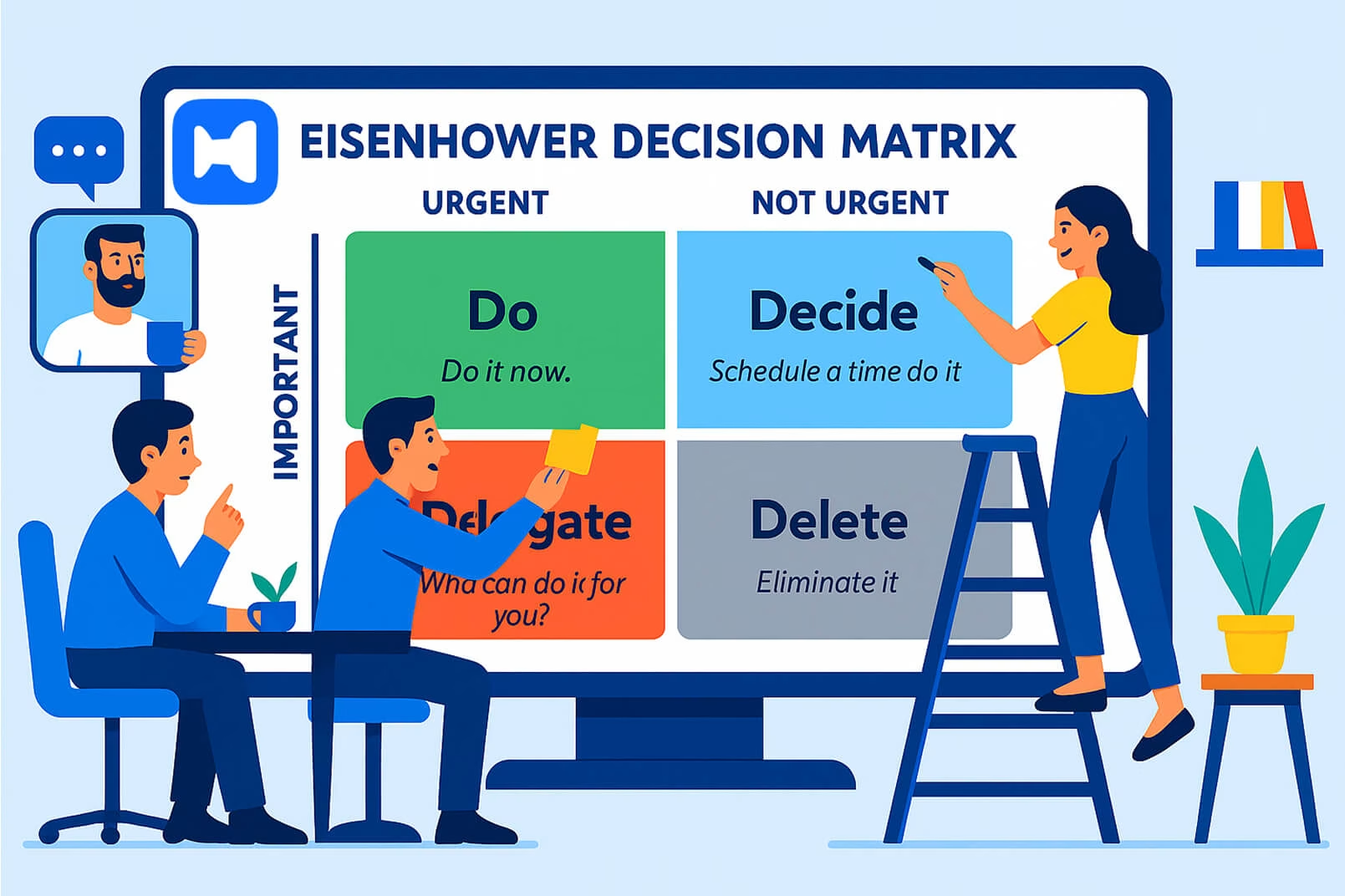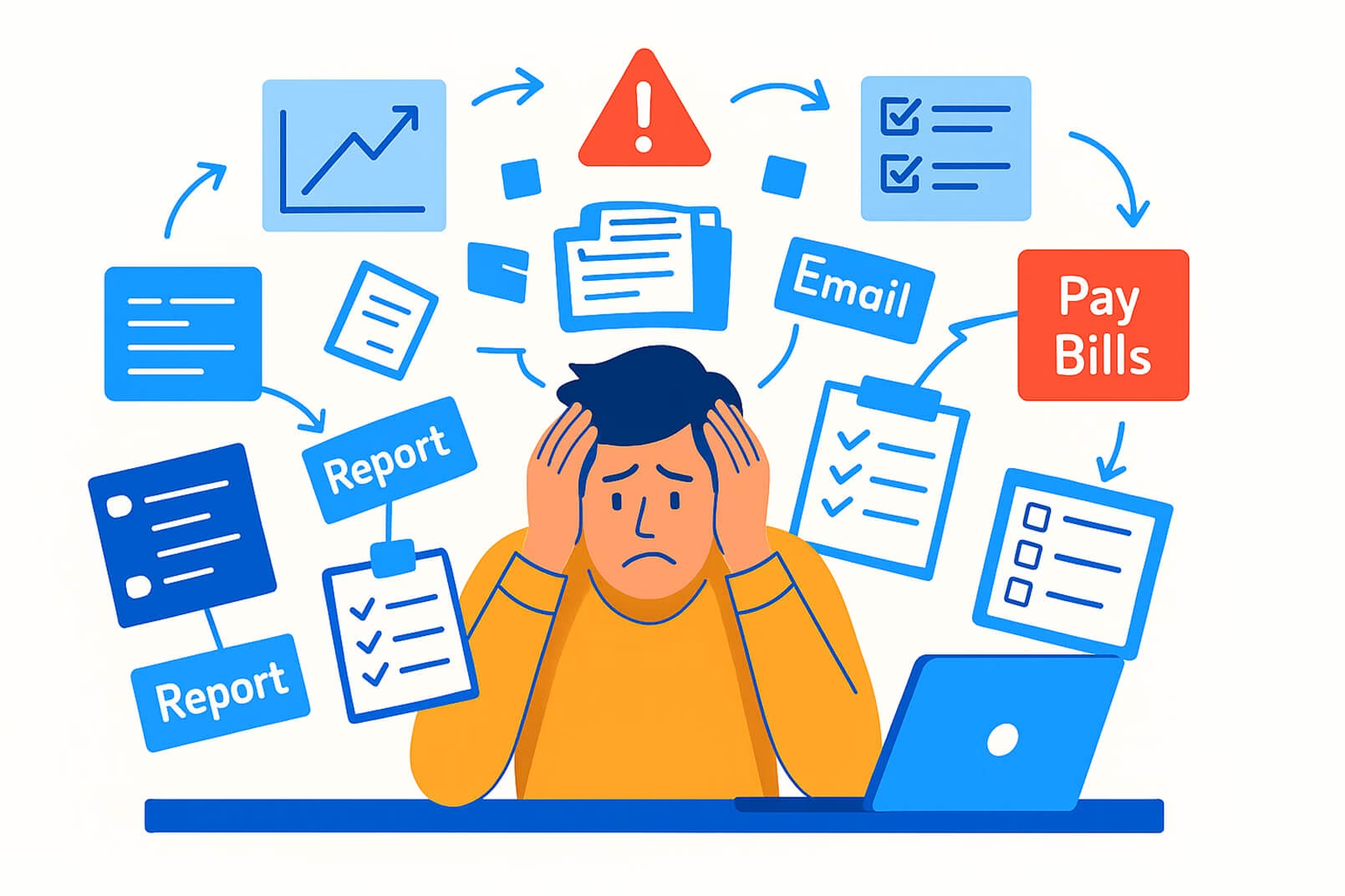Let’s Not Pretend You’ve Got Time to Waste
If you’ve ever opened your laptop at 9 AM and blinked to find it’s somehow 3:27 PM and nothing meaningful got done, well—yeah. You’re not alone. Poor time management creeps up quietly. You start the day with ambition, a strong coffee, and maybe a half-decent list of tasks. Then Slack dings, someone schedules a “quick sync,” and the next thing you know you’re knee-deep in low priority distractions.
Which brings us here: to the idea of time management strategies that don’t suck. The kind that actually help you organize tasks and make some progress—without feeling like you're auditioning for a productivity cult.
Understanding Time Management: More Than Just Checking Boxes
So, let’s talk about it. Time management isn’t just about scheduling—it’s about decision making under time constraints. It’s knowing what not to do. It’s the ability to look at a messy list and ask, “What needs immediate attention?” and “What can absolutely wait?”
At its core, good time management helps effectively manage both urgent and important tasks—the ones that support long-term goals—and those more routine tasks that simply need to be completed.
To support this, it can be helpful to keep a few practical priorities in view:
When tasks are evaluated and sorted by relevance and urgency, daily execution becomes more structured—and less overwhelming.
The Eisenhower Matrix and the Legacy of Prioritization
Let’s take a weird detour for a second.
Dwight D. Eisenhower—yes, that Eisenhower, the one who led Allied forces in North Africa and Europe, met at Camp David, had two sons, and became a U.S. president after being Supreme Commander during World War II—was a master of prioritization. And yes, that includes navigating the Soviet Union, NATO forces, and the early rumblings of the Cold War.
He also suffered a heart attack, by the way. Go figure.
Anyway, Eisenhower once said: “What is important is seldom urgent, and what is urgent is seldom important.”
From that, we get the now-famous Eisenhower Matrix, also called the Time Management Matrix by folks like Stephen Covey and productivity nerds everywhere.
It splits tasks into four quadrants:
- Urgent and Important
- Not Urgent but Important
- Urgent but Not Important
- Neither Urgent nor Important
You use it to sort all the tasks that pile up and determine which ones actually deserve your brainpower.

How to Prioritize Tasks Without Losing Your Mind
Here’s the thing: you’re probably not going to follow one system religiously. Most people don’t. You might dabble in to do lists one day and start color-coding calendar blocks the next. That’s fine.
But when the task list hits 0/4–14 (yes, I count my overflow tasks like bugs), you need a method.
Try this combo:
- Use a Time Management Matrix once a week. Helps you zoom out.
- Pick your most urgent tasks every morning. Just two or three.
- Then, for your daily grind, break down those into manageable tasks you can actually complete without burning out.
Organizing tasks like this—especially when you factor in the time required—helps prevent the daily overwhelm that comes from trying to tackle everything at once.
Real-World Time Management Strategies That Don’t Feel Robotic
Not every solution comes from a framework or a general. Sometimes, it’s just figuring out what works for you.
Here are a few flexible strategies that I’ve used or seen work with real teams:

When To-Do Lists Backfire (and What To Do Instead)
Look, I love to do lists as much as the next person. But sometimes they morph into this never-ending scroll of guilt. When that happens, start trimming:
- Move non-urgent tasks into a “someday” section.
- Focus only on high priority items tied to your immediate goals.
- Group low priority but necessary things into one block and do them in batch.
The goal isn’t to finish everything. The goal is to focus on the most important tasks under the time constraints you’ve got.
You can’t cheat time. But you can outsmart it a little.
How Better Time Management Boosts Well Being (Seriously)
We rarely talk about this, but here’s the truth: poor time management doesn’t just mess with your calendar. It wrecks your well being, ruins your home life, and leaves you too exhausted for the stuff that actually matters.
Using even basic time management strategies consistently—blocking time, identifying urgent tasks, trimming the nonessential—can reduce stress and give you back time for rest, hobbies, and, y’know, people.
Here’s what tends to make the biggest difference over time:
- Scheduling breaks just as deliberately as meetings
- Saying no without overexplaining
- Actually finishing fewer things—but the right things
- Logging completed tasks to see where your time really goes
It doesn’t mean you'll always have enough time. But it does mean you’ll use what you have smarter.

Wrap-Up: Prioritize. Organize. Repeat.
Time management isn’t a single solution—it’s a messy, evolving strategy. One part planning, one part learning to say no, and one part accepting that some tasks just won’t get done.
Start with the basics:
1. Prioritize tasks using the four quadrants of the Eisenhower Matrix.
2. Use methods that help you organize tasks based on urgency and importance.
3. Break big goals into manageable tasks, and give yourself space for error.
4. Don’t let urgent tasks hijack your entire day—especially if they’re not also important.
And honestly? If your system falls apart on Wednesday, that’s fine. Just reboot Thursday. You’re not a machine.
That’s exactly where Wellpin fits in: a simple, flexible way to keep your priorities clear, your day organized, and your mind calm—even when life gets messy. With Wellpin, you’re not trying to do everything; you’re focusing on what matters most.



